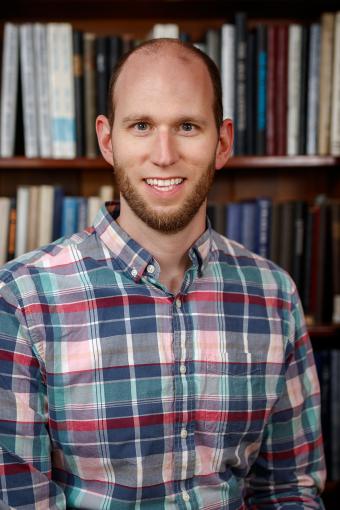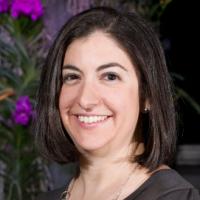Mines faculty member receives Scialog funding for bioimaging project
Chemical and Biological Engineering’s Kevin Cash is working with Joshua Brake of Harvey Mudd College on the research

Kevin Cash, associate professor of chemical and biological engineering at Colorado School of Mines, is among the 21 early career researchers on 10 multidisciplinary teams to receive funding through Scialog: Advancing Bioimaging, an initiative that aims to accelerate the development of the next generation of imaging technologies.
Cash and Joshua Brake, assistant professor at Harvey Mudd College, were awarded an Advanced BioImaging Team Award. The goal of the award is advancing fundamental imaging science and improving its ability to impact human health and our understanding of biological structures and their function.
Cash and Brake’s project is titled Democratizing Access to Macroscopic Bioimaging. The team’s total award was for $100,000 in direct costs. The team aims to develop a modular, inexpensive, open-source, multi-modal in vivo imaging system (IVIS). IVIS systems are used to perform 2D or 3D optical imaging of animals and are critical for a range of research areas including drug discovery, cancer biology, and physiological monitoring. However, commercially available IVIS systems are expensive and typically limited in expandability or modularity. These instruments are accessible mostly in imaging core facilities at large universities, limiting use by researchers without these core facilities. This team seeks to democratize this imaging capability by developing and sharing a modular imaging system that is orders of magnitude less expensive than the commercially available systems by leveraging consumer-grade hardware, rapid prototyping approaches, and computational image processing.
Scialog, short for “science + dialog,” was created in 2010 by RCSA to support research by stimulating intensive interdisciplinary conversation and community building around a scientific theme of global importance. Scialog is supported by the Research Corporation for Science Advancement (RCSA), the Chan Zuckerberg Initiative, the Frederick Gardner Cottrell Foundation and the Walder Foundation.




